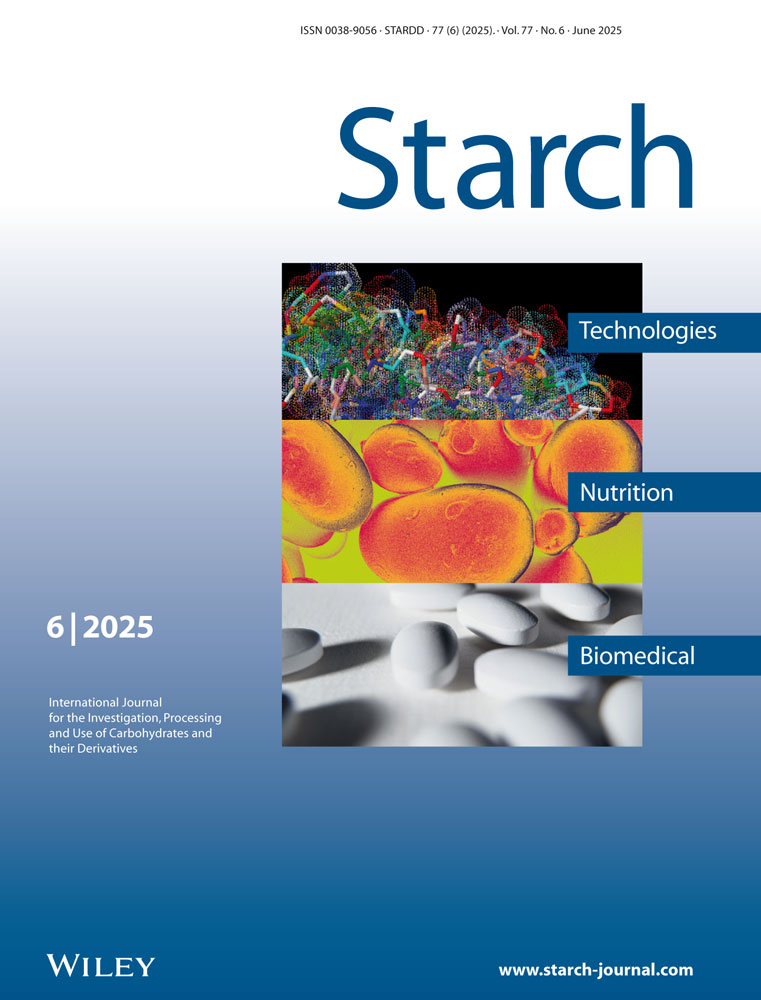Effects of Staged Fermentation With Multistrains on the Physicochemical Characteristics and In Vitro Inhibitory Activity on Advanced Glycation End-Products (AGEs) Formation of Buckwheat
Funding: This study is supported by earmarked fund of China Scholarship Council (202409110094), and National Key R&D Program of China (grant number 2022YFF1100502), Ministry of Science and Technology, China.
ABSTRACT
To utilize various physiological and biochemical properties of multistrains, staged fermentation was carried out on buckwheat dehulled seed (BDS) and whole seed (BWS) with Aspergillus oryzae, Rhizopus oryzae, and Bacillus subtilis, Saccharomyces cerevisiae, and Lactobacillus plantarum. Effects of staged fermentation on physicochemical characteristics and in vitro inhibitory activity on advanced glycation end-products (AGEs) formation of BDS and BWS, as well as their correlations were evaluated. BWS was dehulled to prepare BDS, however, they showed quite different results. The crystallinity of BDS increased from 3.10% to 5.59%, which decreased from 6.87% to 6.15% in BWS after fermentation. Breakdown viscosity was only detected in fermented BWS according to rapid visco-analyzer (RVA) results, suggesting a higher fermentation level extended into endosperm compared to BDS. Staged fermented BWS showed higher and lower in vitro inhibitory activities on AGEs formation in bovine serum albumin/glucose (BSA/glucose) and BSA/MGO systems, respectively, compared to one-time fermentation with mixed strains. This indicated that the ability of BWS in inhibiting AGEs formation at middle stage decreased, but it recovered to maximum at final stage. Correlation analysis showed protein and flavonoid contents played major roles in inhibition of AGE formation in BDS, whereas soluble dietary fiber (SDF), flavonoid, and phenolic contents were more effective for BWS.
Conflicts of Interest
The authors declare no conflicts of interest.
Open Research
Data Availability Statement
The data that support the findings of this study are available from the corresponding author upon reasonable request.




